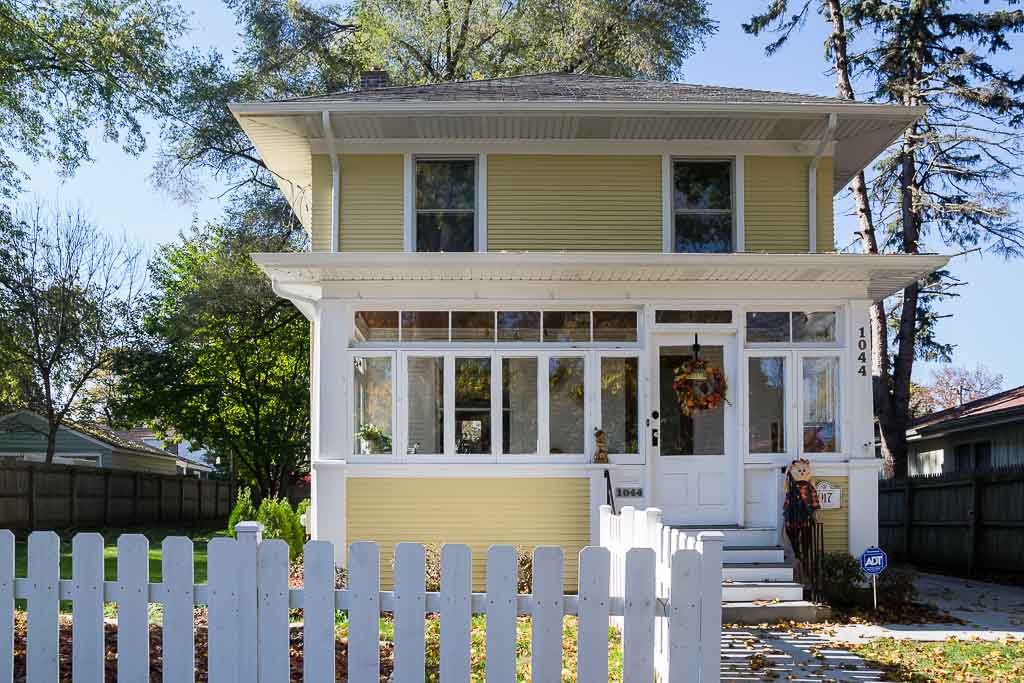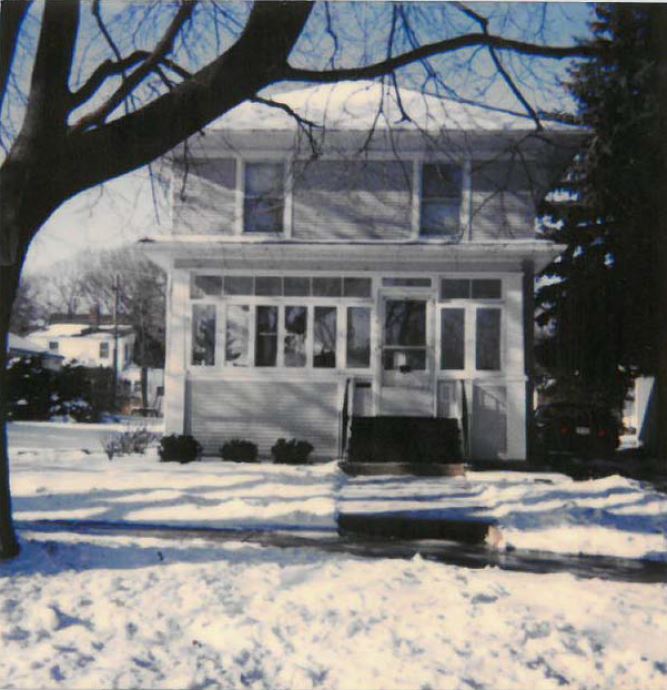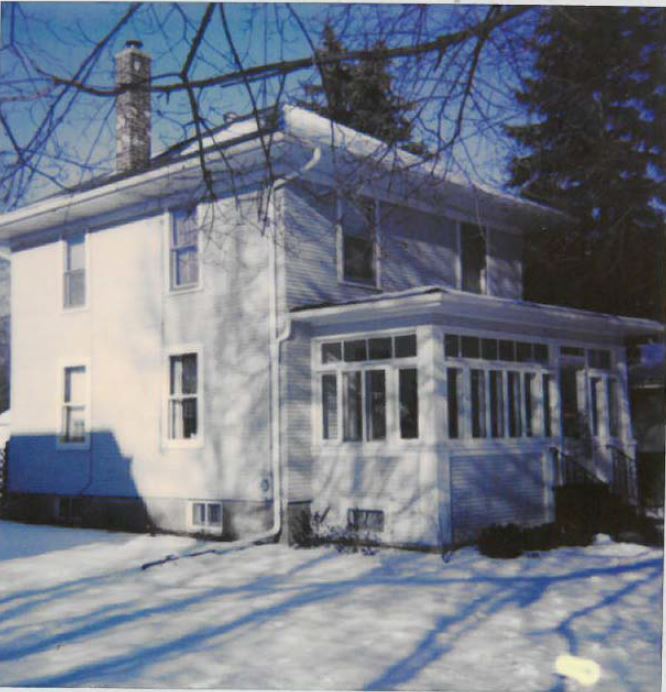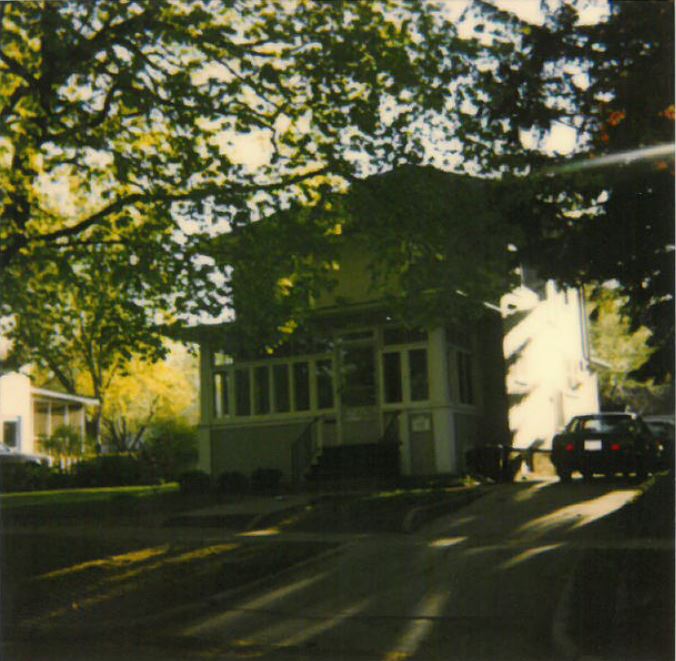1044 AUGUSTA AVENUE
HISTORIC SIGNIFICANCE
In 1886, William Grote, Kate Grote, Alfred B. Church and Mary E. Church owned and then sold the land that 1044 Augusta Avenue now sits upon to Joseph Krambier for $130.
The next decade saw the land change a number of hands until 1916 when George and Essie Mae Eisler purchase the land for $200 in May of 1917. By June of that year, they had taken out a loan for $2,200. At that time, the Eisler’s commenced building their new home.
The Elgin City Directory lists George Eisler working as a carpenter. As there are no building records specifically indicating another person completing the work at 1044 Augusta, it may be likely that George built the home himself. This was a rather common occurrence in the early 1900s, with many seeking out Sears and Aladdin kit homes to help their process. While it does not appear that 1044 Augusta was a kit home, the surrounding circumstances are historically important. George’s occupation and choice to construct his own home point to changing economic possibilities for those of working-class status in the early 1900s; more people were able to afford home ownership than at any other time in our country’s history up to this point.
The next family owned the home for 55 years, until 1975. Henry L. and Amanda M. Teyler purchased the home in 1920. Henry spent his career working as a blacksmith.
ARCHITECTURAL SIGNIFICANCE
1044 Augusta Avenue is of the American foursquare typology, with a number of Prairie style elements. The Prairie style was largely dominated by Frank Lloyd Wright and featured architectural elements acknowledging the horizontality of the Midwestern landscape. Some common features of the Prairie style seen here include the low-pitched, pyramidal roof; a hipped dormer; a band of horizontal windows and a full-width front porch.
TIMELINE OF PREVIOUS OWNERS
Sources: 1988 Heritage Plaque Application; Audio: TextAloud






